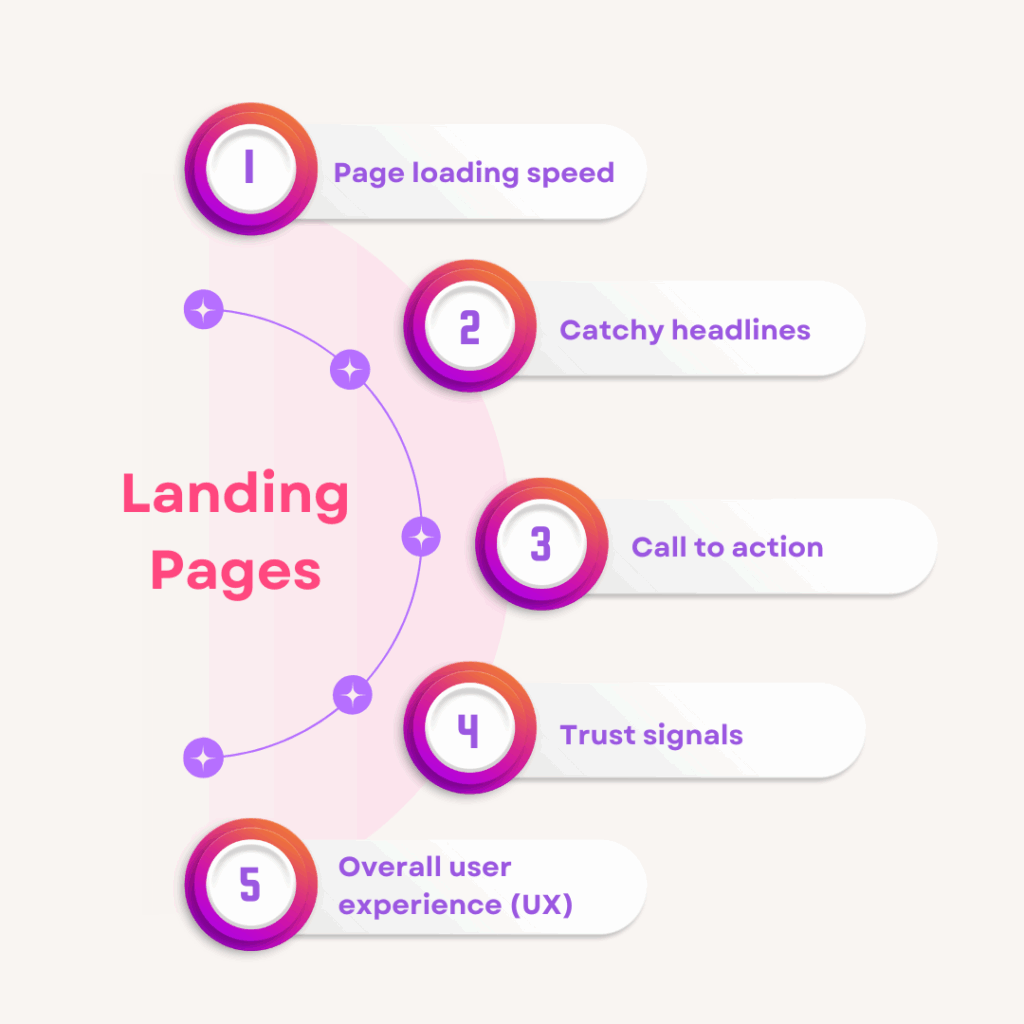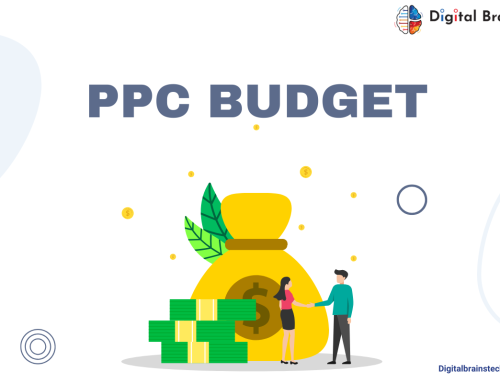Digital marketing is no longer a quiet game. It has become a battlefield. In the pay-per-click (PPC) domain, competitors always challenge us. Competitors who are continually outbidding us, out-strategizing us even out-creating us.
Are you a digital marketing firm or an individual marketer looking to gain a competitive advantage, or are you a business owner who is just learning how to use PPC? Here, let us look at some of the technologies, tactics, and even the tricks that can be used for successful and ethical ad spying.
Why Do You Need To Do Competitor Analysis On Google Ads?
Think about this. You have designed a Google Ad that seems to be perfect in all aspects. But it performs poorly. Conversions are nonexistent, clicks are low, and your budget is getting burned away as if it’s summer with dry grass. While you’re struggling with our opponent, in the meantime, your rival is enjoying the top position on page one and is harvesting all the leads.
This is precisely the reason why competitor advertising analysis is essential. It helps you to:
- Don’t waste your resources on unnecessary trial-and-error campaigns.
- Evaluate your advertisements against the industry standard.
- Recognize the gaps and opportunities in your business segment.
- Take note of the type of content (niche) your typical audience finds engaging.
Step 1: Find Your Real Google Ads Competitors
In your industry, not everyone is your Google Ads competitor. Some might be ruling the game through organic, while others rely heavily on paid search. So, how do you figure out the authentic bets?
Quick Tricks to Consider:

- Google Search Results: Enter your main keywords and check which businesses appear in the advertising sections. Do this in incognito mode for reliable results.
- Auction Insights Report: If you are already using Google Ads, the Auction Insights report will indicate the other advertisers who are bidding on the same keywords as you.
- SEMrush or Ahrefs: Tools like SEMrush or Ahrefs tell you about the paid competitors, keywords that rank for, and traffic estimates.
Now that you have a list of competitors, you can choose 3-5 key ones for deep analysis.
Step 2: Take a Look at Their PPC Strategy
This move is all about spotting precisely what ads are actively run by your competitors. Utilize Spy Tools like:
- SpyFu: This provides a user-friendly interface for you to monitor your rivals’ most featured ads, showing their ad frequency and even the estimated CPC.
- iSpionage: Displays the kind of landing pages your competitors are linked with and the keywords they intend to promote themselves.
Know About: Strategize your PPC Budget for a Successful Ad Campaign
Step 3: Analyze Your Competitor Ad Copy and CTAs
Competitor ads not only consist of a set of keywords, but they are also well-drafted messages that are appealing to specific problems and needs. Read their copy to gain insight into how to promote your product properly.
Ask these questions to:
- What kind of emotions are they creating among their audience, such as urgency, fear, or curiosity?
- Is their message being validated through the use of numbers or statistics?
- Are there clear CTAs like “BookNow,” “Free Trial,” or “Download Report” visible on the website?
For instance, you are a digital marketing firm that specifically focuses on local businesses. In case you see an ad from your competitor that reads “Get 30 new leads this week-No Contracts,” you could think about outlining the benefits of low risk and immediate return on investment in your ad copy.
Step 4: Reverse-Engineer Their Landing Pages
Go beyond the advertisement. Use tools or search the web to find their landing pages.
Look for:

- Page loading speed
- Catchy headlines
- Call to action
- Trust signals like customer reviews, badges, and warranties
- Overall user experience (UX)
Through analyzing landing pages, a digital marketing firm can obtain a lot of information that it would not even find in the ads. Your aim is innovation and not copying.
Step 5: Identify the Keywords They Are Bidding On
At this moment, you will need to have some technical knowledge that would be very rewarding. The most beneficial way of learning is when you can discover the keywords on which your opponents are spending money, and for this, you would then be able to determine the following:
- The terms that drive high-intent traffic
- The keywords you should consider targeting
- What gaps might you fill with long-tail or niche phrases
Use:
- Google Keyword Planner (for broad ideas)
- SpyFu or SEMrush (for exact PPC keywords)
- Ubersuggest (for low-cost alternatives)
Suppose your rival is targeting “best CRM for small business,” and you can opt for other alternatives, such as “affordable CRM tool for startups” or locality-specific phrases.
If you provide SEO services, then these keyword insights are very helpful in mixing organic and paid strategies.
Step 6: Observe the trend of advertising
It is useful to observe a single pattern, but the actual strength is in the ability to see patterns for a long time. Check which advertisements take weeks or even months to stay up. They are most likely the high achievers. Ads that are removed immediately probably suck.
Some software programs include past data that tells you what copies have been run through experiments and which have stayed longest. Consider this your exclusive access to the secrets of A/B testing success without any heavy investment in your SEO services.
Step 7: Create a Comparison Sheet of Competitors
You can create a clear comparison table that summarizes the activities of your competitors. For instance, you can have their keywords, ad message, ‘call-to-action’, and the link to their landing page as columns in the table. The scenario of one competitor suggesting “Book a Free Demo” and the other suggesting “Try for 7 Days Free” will highlight the common trends and thus help you generate new strategies for your ads and differentiate them as a result.
Step 8: Employ the Intelligence to Fine-Tune Your Ads
You collect this data not for amusement but for practical reasons. Therefore, the data will help you as follows:
- Compose copy that is more attractive and more likely to result in a conversion
- Experiment with CTAs that are proven to work by competitors
- Identify keywords that are more suited for your business
- Revamp your landing page for enhanced user experience
- Create offers that are different from others but are in a similar category
Similarly, if you are providing SEO services, you can complement this PPC knowledge with organic search insights to form dual-channel visibility.
Tips for ethical spying:
Avoid clicking on the paid ads of your competitors, as it can alter your data.
Do not copy word-for-word. Be inspired, but always add your idea.
Be responsible. Avoid using secretive methods of data or tools that are not directly available to the public.
Conclusion
Snooping on Google Ads of your rivals is not merely a matter of curiosity; it is rather a question of being tactical. In a situation where everything is digitized and your budget can go down at any moment, being aware of competitors helps to make quicker decisions. Whether you are an experienced firm or whether you are simply trying out the PPC field, these strategies can provide you with the initial advantage.


